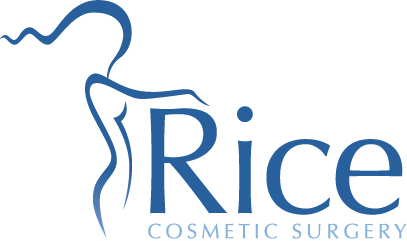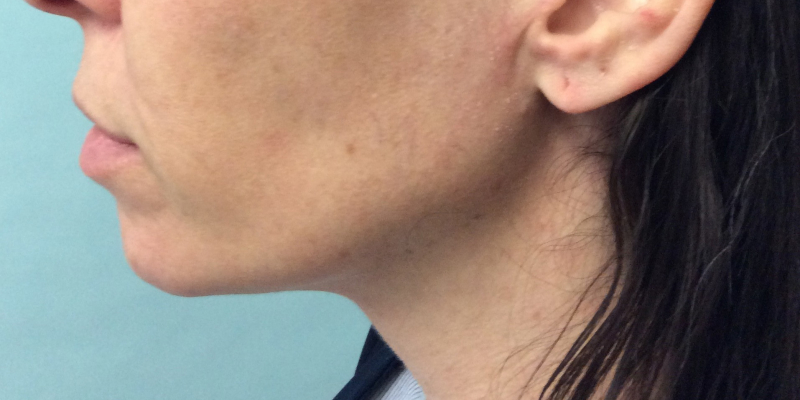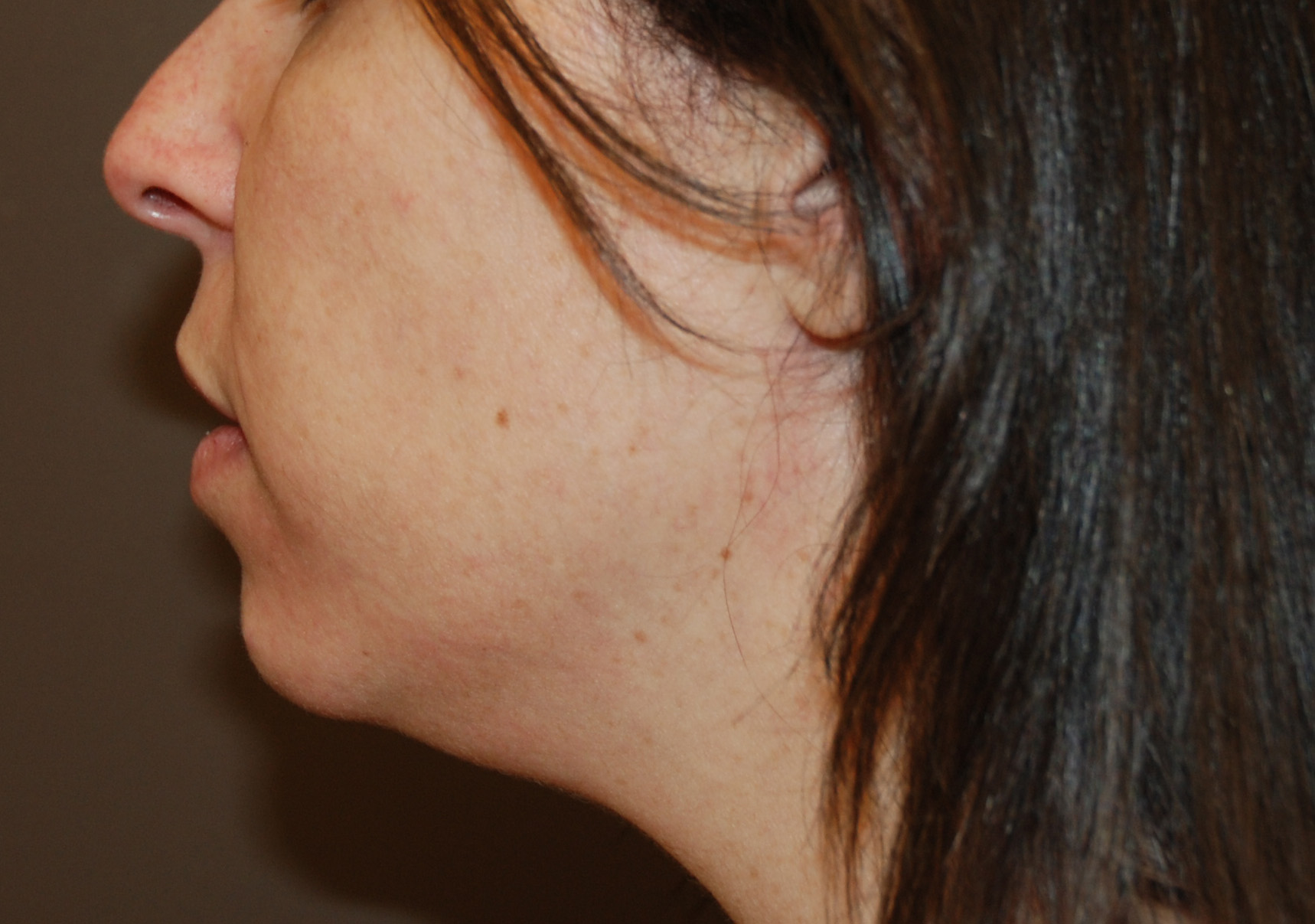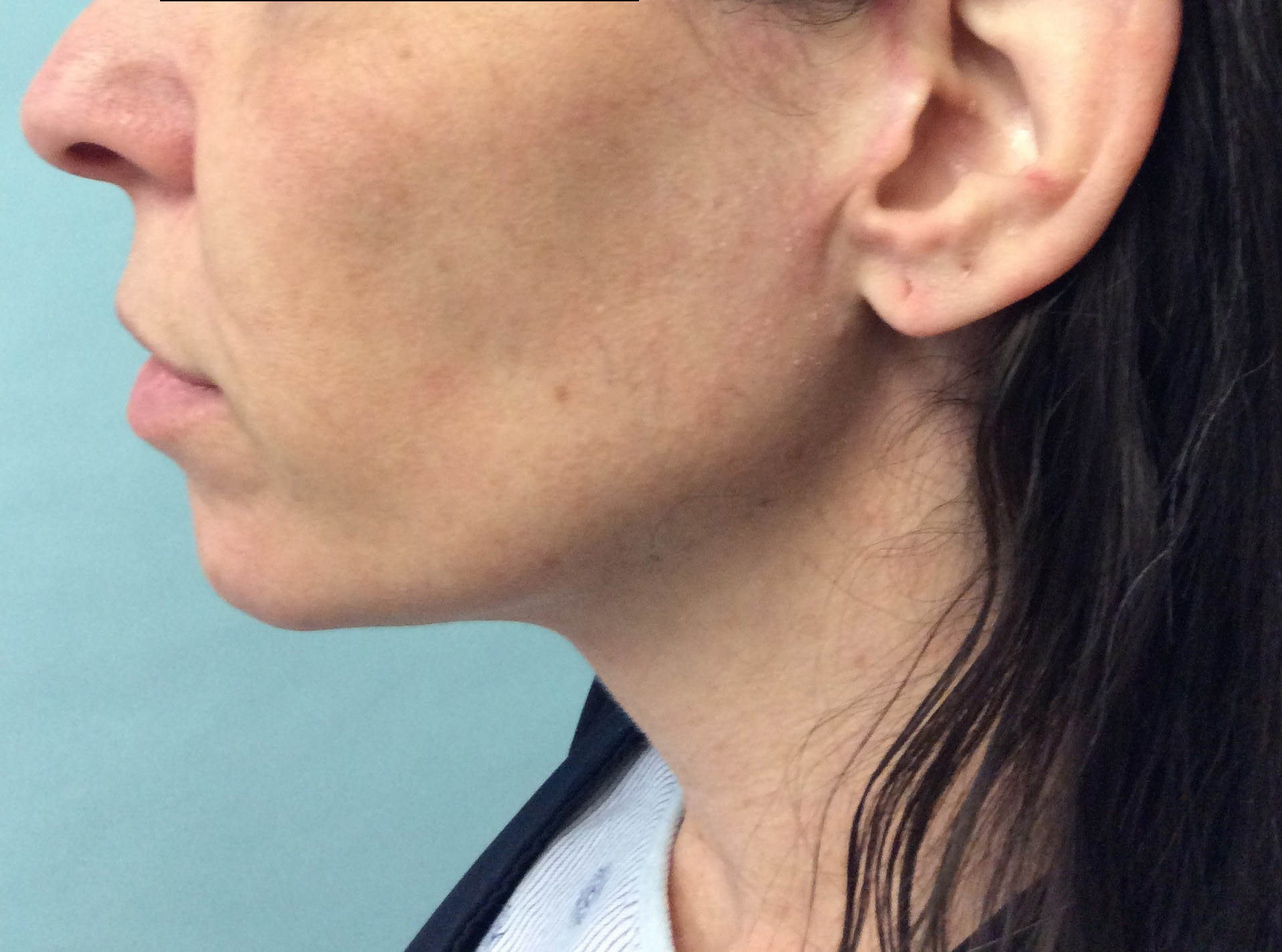Restore Your Youthful Appearance with the Minimal Access Cranial Suspension (MACS) Facelift
MAC Facelift
The Minimal Access Cranial Suspension or a MACS Facelift is a less invasive facelift procedure that helps to remove excessive jowling around the chin, deep creases that appear between your nose and mouth and restores the outline of the jaw. The MACS lift is distinctly different than a traditional facelift and achieves results with less surgery and less downtime.
Performed under sedation, the MACS Facelift uses short incisions, extending only from the front of the temporal hairline, under the sideburn and in front of the ear to the ear lobe, and the amount of tissue undermining is minimal. The lack of incisions around the back of the head means that patients can wear their hair up without the telltale signs of surgery. Permanent, invisible sutures secure the lifted tissues to the immobile tissue just above the lateral cheek bone for long-term results.
It is important to remember that the MACS Facelift only corrects the region from the cheek bones to the jawline. It does not correct the forehead, eyelid region or the neck; there are separate procedures like neck liposuction, blepharoplasty and laser skin resurfacing that are often combined with a facelift to take care of these areas.
The MACS Facelift takes an average of two hours, in comparison to the four or five hours required for a traditional facelift.
Rehabilitation is two weeks (as opposed to four to six weeks for a traditional facelift). Initially you will have a large dressing wrapped around your head. The outer, visible sutures are removed in the first week, while invisible sutures stay in place. Swelling and discolouration decrease within one week and scarring fades quickly. The patient may feel a tightness in their face for several weeks and sun exposure should be limited until the face is fully healed.
The MACS Facelift is ideal for patients who have mild to moderate loss of skin elasticity and muscle tone and are starting to see sagging in the mid and lower face, jawline and neck. The technique was developed in Belgium in 2004 and is suitable for people from 40 to 55.
Patients will look around eight to ten years younger when they have fully recovered and the benefits will last around ten years depending on the elasticity of their skin. Factors including diet, body weight and exposure to sunlight will affect the overall results and the patient’s skin will continue to age.



